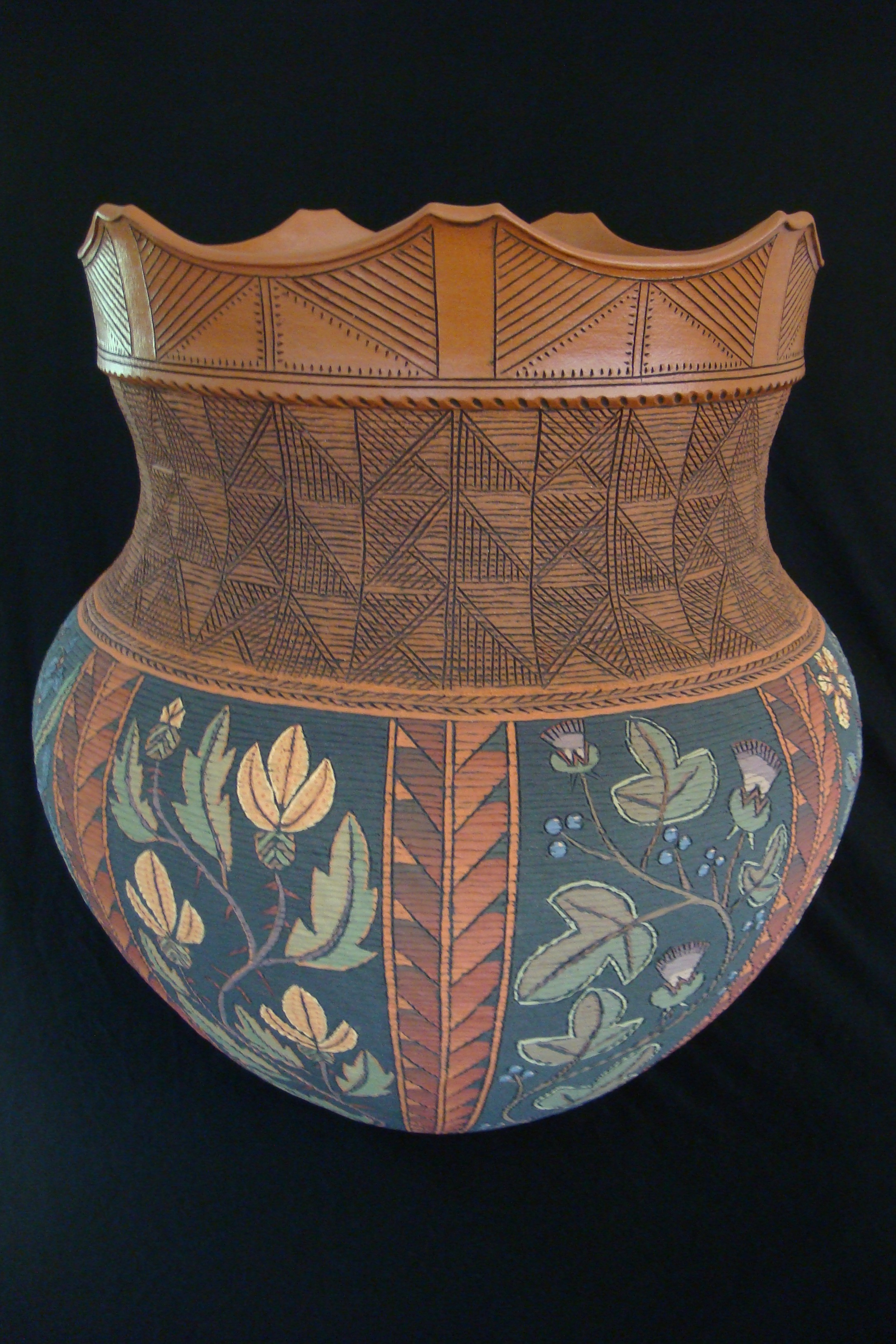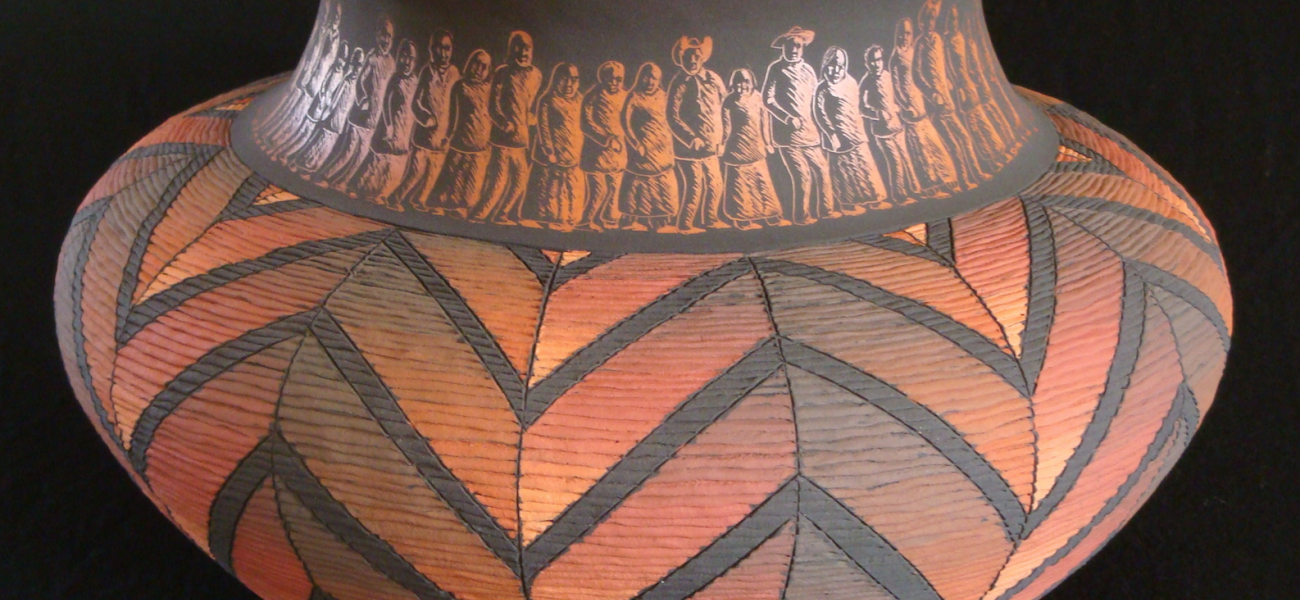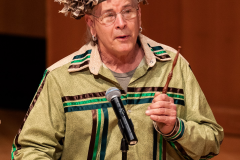Studio Potter Contemporary Audio - Richard Zane Sm | RSS.com
 As a determined cultural revitalist, a full-time artist, and an active Wyandot tribal member, rootedness is a concept that becomes central in discussions about my studio practice and in any clay workshops or classes I hold. As an indigenous artist, I question, discuss, and reflect on what it means to be connected to a heritage, a language, and a cultural mooring that binds us to this continent. The very clay we work with, the wood we cut for firing, and the tools we make and shape our vessels with are from here. Corn, beans, and squash were first cultivated here, on the same lands where our Turtle Island stories and creation stories were conceived.[1]
As a determined cultural revitalist, a full-time artist, and an active Wyandot tribal member, rootedness is a concept that becomes central in discussions about my studio practice and in any clay workshops or classes I hold. As an indigenous artist, I question, discuss, and reflect on what it means to be connected to a heritage, a language, and a cultural mooring that binds us to this continent. The very clay we work with, the wood we cut for firing, and the tools we make and shape our vessels with are from here. Corn, beans, and squash were first cultivated here, on the same lands where our Turtle Island stories and creation stories were conceived.[1]
My mom, Gladys Zane, was from Kansas City, Kansas, and attended Wyandotte High School, where she told us that her classmates had no idea that the school was named for her Wyandot people. The Wyandot people are a Native American tribal group who have been forcibly removed from their homelands in Ohio and were forced off of a steamboat unceremoniously at the Kansas and Missouri River juncture during a cold and horrible rainstorm that lasted for weeks. Because of the flooding, the exposure, and broken hearts, over 200 people in our small nation died that first year. The dead were buried in what is today called the Wyandot National Burying Ground, on the highest piece of land in Kansas City. My mother's relatives, including grandparents, great-grandparents, a great-great-grandmother, and even her two baby brothers, are buried here. In this area of Kansas City, she grew up where Indians were obscured beneath cheap stereotypes and ridicule. However, we kids were told to be proud of our heritage and were reminded that we were direct descendants of the famed Chief Tarhe, one of the principal chiefs and a superb orator at the signing of the Greenville Treaty.


